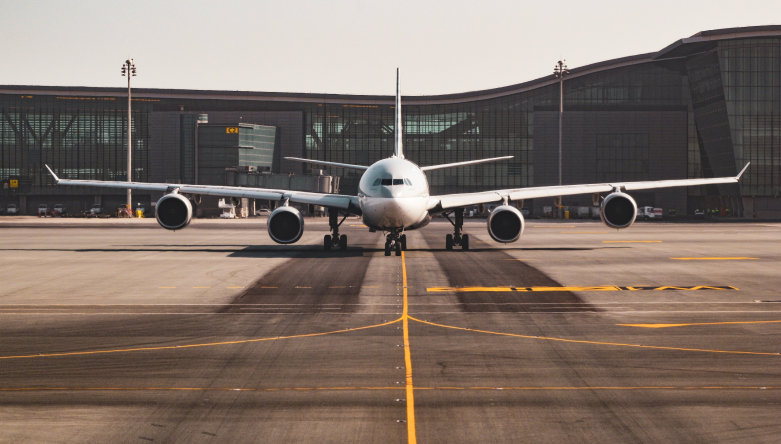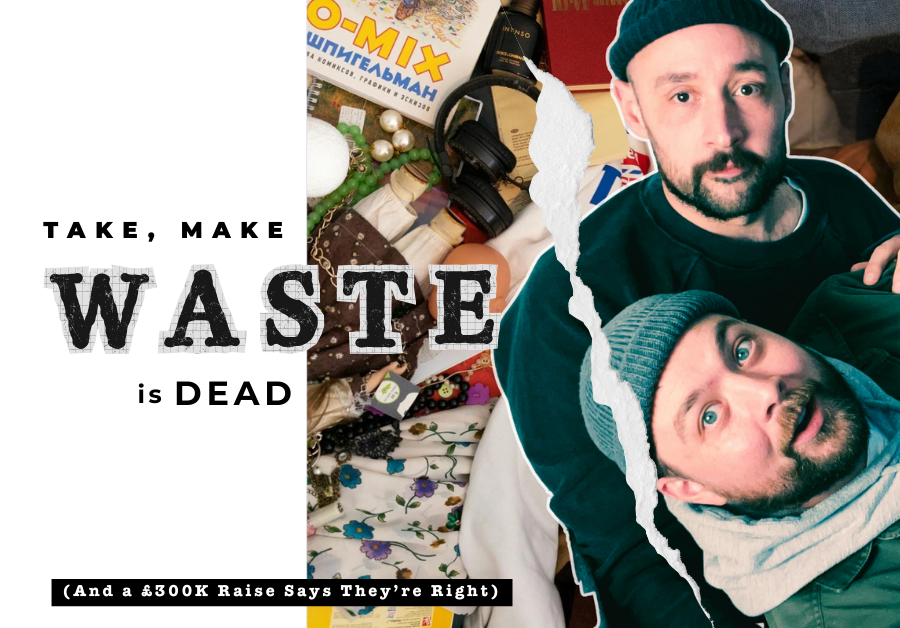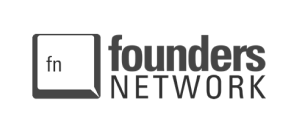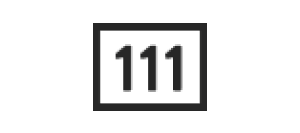When most people think about NFTs, their minds turn to digital art.
They think of a famous sportsperson endorsing pictures of animals (sorry, John Terry).
But the utility for NFTs is much broader, and it’s a trend that is only getting started.
Corporate innovation departments can create a competitive advantage by building products to use internally or, perhaps more interestingly, to develop the blockchain for an entire industry.
This month we’re going to take a look at how NFTs are going to disrupt the airline industry.
Planes and Parts
Planes have a lot of parts.
One Boeing 747 has 6 million parts, including 40 rivets on each wing. As you can imagine, maintenance is pretty crucial on planes, and there is a fair bit of regulation.
It’s an ongoing battle to keep planes maintained at the right level. Every part of the plane has its maintenance schedule and lifespan.
Most companies keep a database of their maintenance schedule – think of an asset register with the parts and details of when they were last maintained.
We’d like to think this is all done in highly sophisticated CRMs. However, much of it is done using paper or various systems duct-taped together.
This is, at best, highly inefficient, and at worst, dangerous.
When did we last check the wing?
One of the main issues with the current process is data integrity.
Plane Company X is maintaining a plane and they will keep all of this data internally on their servers (or in big folders somewhere).
Also, Plane Company X will likely use external subcontractors who specialise in maintaining certain parts of the aircraft.
A lot of data needs to be stored and standardised.
If that data is inconsistent between a paper note and the CRM, or between an engineering subcontractor and the airline owner – we have a problem.
With millions of data points to marshall, it’s difficult to make sure everyone has access to the same information.
The problem gets much bigger when planes (or plane parts) are sold between airlines. You need to pass data between different systems – this is not easy.
It’s also hard to keep data secure.
So, how do NFTs help?
Using NFTs allows an airline to create one digital record of each piece of the aircraft. So, rivet 4,567 for the wing has an NFT that has some key benefits:
- There is one singular record for that rivet (or set of rivets), its flying time, maintenance, and whereabouts.
- All new information can be added to the NFT (the aircraft went through bad turbulence so the rivet needs a check after 100 hours instead of 108 hours of flying).
- Historical data can be mapped to a newly minted NFT to centralise the datasets.
- NFTs are becoming more mutable. This means you can update them, allowing more information, videos and data to be recorded directly on the NFT.
- Ownership of the NFT can be easily transferred. If the aircraft is sold, the new company gets the NFT for rivet 4,567. Similarly, if part of the aircraft is sold, then the relevant NFTs can be transferred.
- The data for each plane part can exist in a standardised format, so it’s easy to check the maintenance of parts.
- The data is no longer stuck with one company or in a dusty folder in a hangar – it’s there for all to see on the blockchain.
What This Means for the Airline Industry
✈️ Better visibility on a plane’s condition equals greater trust from buyers, so prices can increase.
✈️ The market for used jets becomes more efficient, as whole planes and parts can be traded confidently.
✈️ The lifespan of the aircraft increases as maintenance scheduling becomes more efficient.
How Corporate Innovation Teams Can Start Thinking about NFTs
The airline industry is an interesting use case for NFTs, but what does this mean for corporate innovation across sectors?
We asked MOHARA Engineering Manager, Garrett Vorce, who previously worked at Block Aero Technologies – a blockchain startup in the aviation industry – what’s going down in blockchain for big business.
“In aviation, there was a lot of innovation happening.
The technology is new and unproven at scale, but the potential is huge. In ten years (probably less), airlines will manage their fleets using some form of blockchain technology.
For airlines that understand the potential and invest in technology, the benefits will be huge. We’re talking about efficiency savings of hundreds of millions of pounds.
But, right now, it’s a difficult time because the ecosystem is so new.
Big companies should learn about the blockchain ecosystem in their industry. For aviation, Yocova is a good starting point. It’s an ecosystem for innovation where you can learn about different startups and technologies.”
Benji Fisher, Engagement Lead at MOHARA, adds:
“Whilst NFTs serve as a really useful function in guaranteeing ownership, avoiding duplication, and proving a useful tool for data interoperability and transparency, we have to be cautious because this isn’t the most popular use case at the moment.
Users are losing a lot of money on NFTs when they don’t really understand the true concept. This can be seen in the recent crash. But as we’ve seen, NFTs don’t need to be a financial tool.”
MOHARA CEO, Richard Sams, is excited about a coming wave of innovation:
“It’s easy to look at the operating environment and think there is limited opportunity – or that all the cool stuff has been done.
The best founders we speak to are looking over the horizon at new technologies and they’re willing to make big bets on the future. Blockchain technology as a way of improving old business models is a hugely smart bet.
Anywhere that blockchain can demonstrably add to the bottom line and NFTs have true utility is a space to play for startups.”
In Case You Missed It
- NFTs are not only digital art, it can also be used as “smart tickets” for travel.
- Want to learn more about the practical use cases of NFTs? Here you’ll find 10 examples.
- Big beauty tech ideas 2022: Tinder for cosmetics, printable tattoos and NFT jewellery
- Not just an NFT anymore – see how NFTs can change the healthcare industry.
- Education using NFTs… How will it disrupt the education sector? Time to educate yourself.











